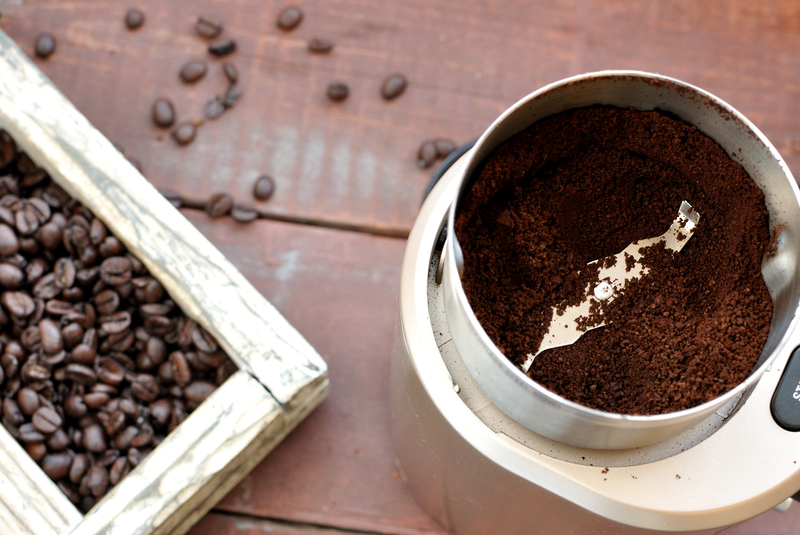Green Cleaning: Vinegar in Bathrooms
In recent years, there has been a growing awareness about the environmental impact of conventional cleaning products. With this shift, many people are turning to more eco-friendly alternatives for their household cleaning needs. Vinegar, which is a common household item, has emerged as a popular choice. This article dives into the usage of vinegar, specifically for cleaning bathrooms, exploring its effectiveness, benefits, and tips for best practices.
Why Choose Vinegar as a Cleaning Agent?
Vinegar, particularly white distilled vinegar, has been lauded for its versatility and effectiveness in cleaning. One of the primary reasons to use vinegar for cleaning is its natural acidity, which can dissolve dirt, grime, and mineral deposits, making it an excellent cleaner without the need for harsh chemicals.

Benefits of Using Vinegar for Bathroom Cleaning
There are numerous benefits associated with using vinegar for cleaning bathrooms:
Environmentally Friendly
Unlike many commercial cleaning products that contain harmful chemicals, vinegar is a natural substance that doesn't harm the environment. It's biodegradable and doesn't release toxic fumes, making it a safer choice for you and the planet.
Cost-Effective
Vinegar is a highly economical cleaning solution. A large bottle of vinegar costs just a fraction of what commercial cleaning products do, making it an affordable option for those looking to save money without compromising on cleanliness.
Antibacterial Properties
Vinegar possesses mild antibacterial properties. While it may not kill all bacteria, it is effective against many common household germs. For enhanced antibacterial action, combining vinegar with other natural substances like baking soda can be useful.
Versatility
Vinegar can be used for a variety of cleaning tasks in the bathroom, from removing soap scum and mildew to unclogging drains and deodorizing the space.
Effective Applications of Vinegar in Bathroom Cleaning
Cleaning Bathroom Mirrors
To achieve streak-free mirrors, mix equal parts of vinegar and water in a spray bottle. Spray the mixture onto the mirror and wipe it with a clean, dry microfiber cloth. The result is a shiny, streak-free surface.
Unclogging Drains
Clogged drains can be a common problem in bathrooms. Pour a cup of baking soda down the drain, followed by a cup of vinegar. Let the mixture fizz and work through the clog for about 15 minutes, then flush with hot water. This method can help to clear minor blockages and keep your drains running smoothly.
Removing Soap Scum
Soap scum buildup on shower doors and tiles can be a nuisance. Spray undiluted vinegar onto the affected areas and let it sit for about 15 minutes. Scrub with a brush or sponge, then rinse thoroughly with water. For tough spots, repeating the process may be necessary.
Tackling Mold and Mildew
Mold and mildew thrive in damp bathroom environments. Spray undiluted vinegar directly onto moldy surfaces and let it sit for an hour. Scrub the area with a brush and rinse with warm water. For persistent mold, add some baking soda to the scrubbing process.
Deodorizing the Bathroom
To keep your bathroom smelling fresh, fill a spray bottle with equal parts of vinegar and water. Spray the solution in the air and on bathroom surfaces. Vinegar naturally neutralizes odors, leaving the bathroom smelling clean and fresh.
Other Vinegar-Based Cleaning Recipes
Here are a few other simple recipes for incorporating vinegar into your bathroom cleaning routine:
All-Purpose Bathroom Cleaner
- 1 cup water
- 1 cup vinegar
- 2 tablespoons baking soda
- 10 drops of essential oil (optional)
Mix the ingredients in a spray bottle and use it to clean counters, sinks, and toilet exteriors.
Tile and Grout Cleaner
- 1 cup vinegar
- 1/2 cup baking soda
- 1 gallon hot water
Combine the ingredients in a bucket. Use a brush to scrub tiles and grout, then rinse with water.

Potential Drawbacks and Precautions
While vinegar is a fantastic natural cleaner, there are a few potential drawbacks to be aware of:
Strong Smell
Vinegar has a strong, pungent smell that some people find unpleasant. The scent typically dissipates fairly quickly, but adding a few drops of essential oils can help mask the smell if desired.
Not Safe for All Surfaces
Vinegar should not be used on certain surfaces such as natural stone (marble, granite) as its acidity can etch and damage these surfaces. Always test a small, inconspicuous area first if you are unsure.
Limited Disinfecting Power
While vinegar has some antibacterial properties, it may not be effective against all types of bacteria and viruses. For thorough disinfection, you may need to use other cleaning agents in conjunction with vinegar.
Conclusion
Green cleaning with vinegar in bathrooms is a sustainable, cost-effective, and versatile method to maintain cleanliness while minimizing environmental impact. From mirrors and drains to mold and deodorizing, vinegar's multifaceted applications make it a valuable addition to any green cleaning arsenal. While there may be a few drawbacks, they are generally outweighed by the numerous benefits that vinegar offers.
By incorporating vinegar into your bathroom cleaning routine, you can enjoy a cleaner, safer, and more eco-friendly home. Embrace the power of this natural wonder and make your bathroom sparkle like never before.



